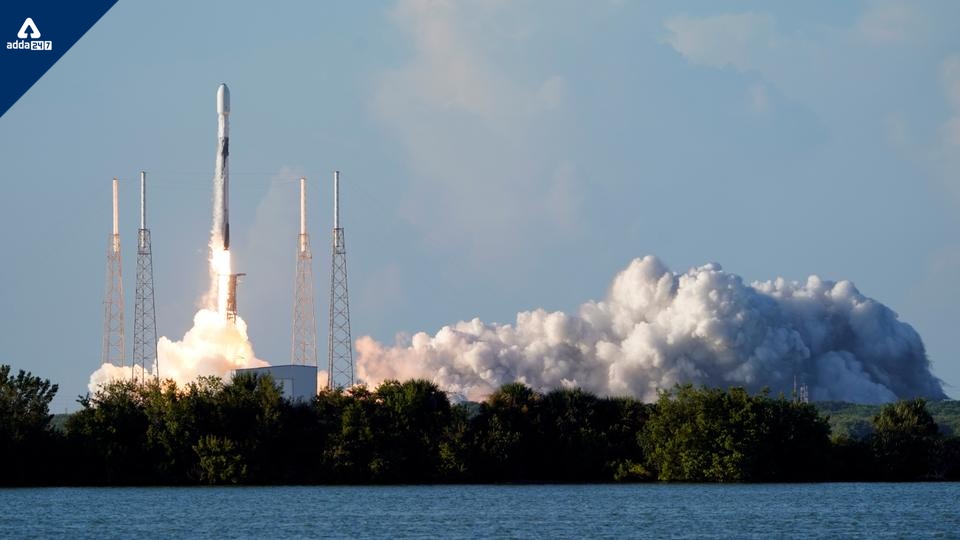South Korea’s First Lunar Mission
South Korea launches its first ever lunar mission or it can also be called its first ever mission beyond low Earth orbit. The mission was formerly called the Korea Pathfinder Lunar Orbiter (KPLO), which is now known as Danuri, a play on the Korean words for “moon” and “enjoy”. The mission is managed by the Korean Aerospace Research Institute (KARI). The goal of Danuri is to test South Korea’s lunar spacecraft technology.
Key Points
- Danuri was launched from SpaceX Falcon 9 rocket from Cape Canaveral Space Force Station.
- The Danuri spacecraft is now on a circuitous route to the moon.
- Before coming back to its destination, it will fly towards the sun, and arrive in the lunar orbit in mid-December.
- This route is generally considered a longer route, also known as a Ballistic lunar transfer which uses a gravity assist by the sun.
- After reaching the moon, stationed in a 62-mile-high orbit, Danuri will perform research with its six science instruments.
- Six Science Instruments of Danuri are A magnetometer, a gamma-ray spectrometer, an experimental communications system, and three cameras.
- Out of three cameras one is designed by NASA, sensitive enough to see inside the moon’s permanently shadowed crates which contain water ice.
- If South Korea successfully executes this lunar mission, it will become the eighth political body to execute a moon mission after the United States, the former Soviet Union, China, Japan, India, Luxembourg, and the European Union.




 Weekly One Liners 15th to 21st of Decemb...
Weekly One Liners 15th to 21st of Decemb...
 World Basketball Day 2025 Celebrates Bas...
World Basketball Day 2025 Celebrates Bas...
 UN Celebrates Second World Meditation Da...
UN Celebrates Second World Meditation Da...







